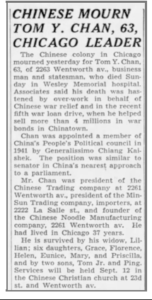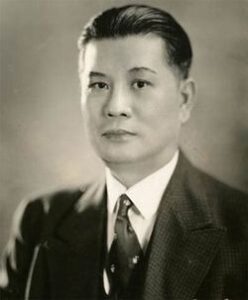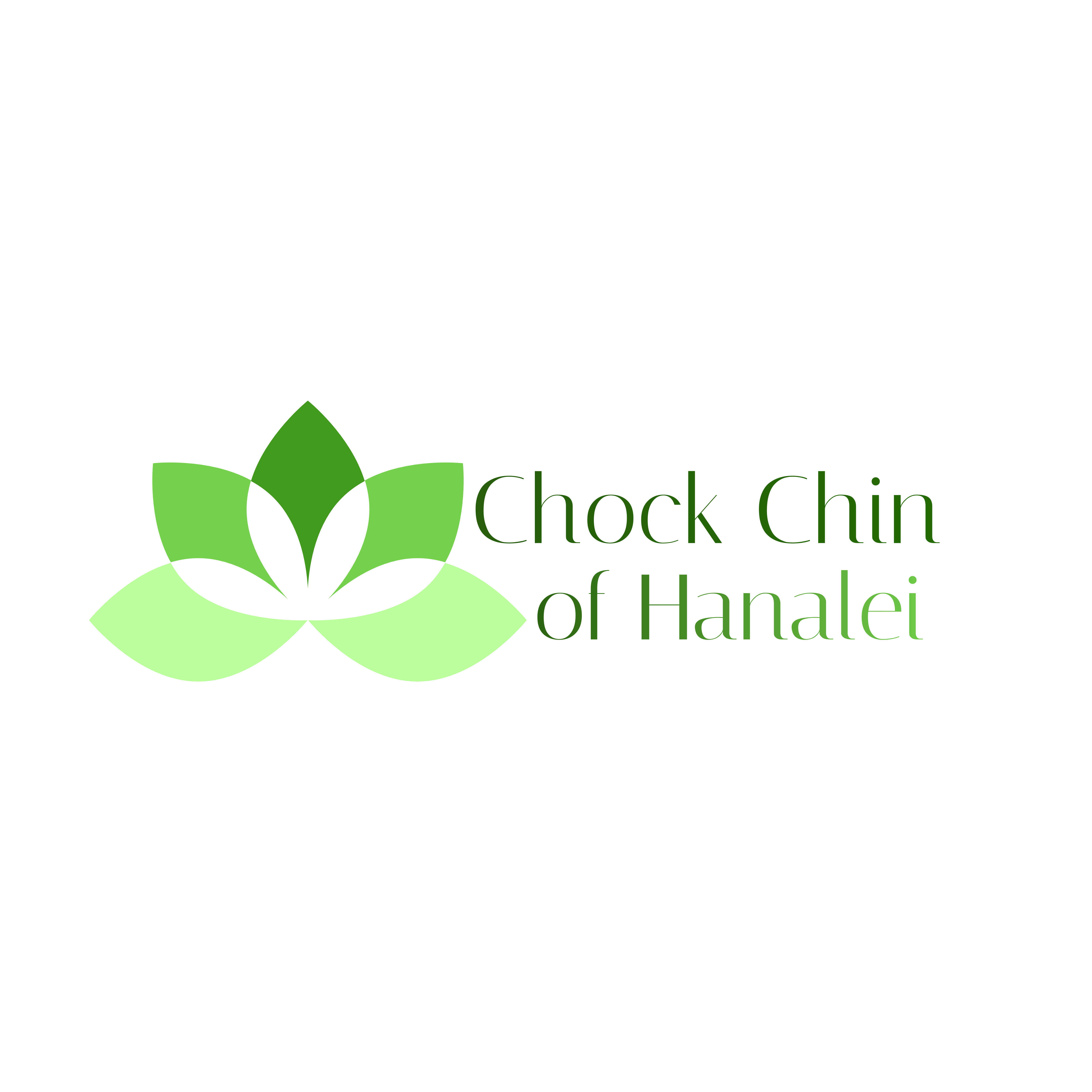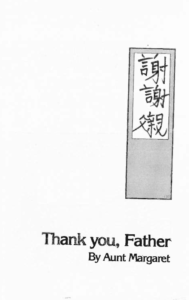Gu Chuan Pin 古傳品 was one of the early immigrants from the Nazhou Gu clan who settled in Hawaii. His family’s experiences in Hawaii and later in Chicago, Illinois are fascinating, because they are tied closely to the political affairs of China.
![]() Here’s Gu Chuan Pin‘s record on FamilySearch.org.
Here’s Gu Chuan Pin‘s record on FamilySearch.org.
Changing History
His son-in-law, who was actually married to two of his daughters, was to play an important role in supporting Chiang Kai Shek’s Nationalist movement from within the Chinese community in Chicago. Along with Sun Yat-sen, Chiang Kai Shek successfully toppled the last Imperial Dynasty to rule China, and initiated the Nationalist Government of the Republic of China. Learn more here.
Gu Chuan Pin’s oldest daughter, Mary Kam Mui Goo (1896-1918) married Tom Young Chan (1881-1994) in 1915. They moved to Chicago, where they had two daughters. Tragically, Mary died in 1920 at only 22 — a casualty of the Spanish Flu pandemic.
![]() Here’s Mary Kam Mui Goo’s record on FamilySearch.org.
Here’s Mary Kam Mui Goo’s record on FamilySearch.org.
![]() Here’s Tom Young Chan’s record on Family Search.org.
Here’s Tom Young Chan’s record on Family Search.org.
He subsequently married her younger sister, Lillian Kam Oi Goo (1903-1966), and together they had 4 more daughters and 2 sons.
![]() Here’s Lillian Kam Oi Goo’s record in FamilySearch.org.
Here’s Lillian Kam Oi Goo’s record in FamilySearch.org.

Tom Chan’s obituary
 Tom Chan was very active politically in Chicago’s Chinese community. He was appointed a member of China’s People’s Political Council in 1941 by Chiang Kai Shek. So these two sisters, particularly Lillian, played an active part in Chinese-American politics during World War II and beyond.
Tom Chan was very active politically in Chicago’s Chinese community. He was appointed a member of China’s People’s Political Council in 1941 by Chiang Kai Shek. So these two sisters, particularly Lillian, played an active part in Chinese-American politics during World War II and beyond.
Tom Chan’s obituary says that his death in 1944 was hastened by overwork, since he was so tireless in raising money to support Chinese war relief — he helped sell more than $4 million in war bonds in Chinatown.
Interestingly, he was known throughout his life in America as Tom Y. Chan and Mr. Chan, but his surname was actually Tom. The erroneous Anglicized version of his name which reversed the proper order of his name, was perpetuated in publications throughout his life. However, where it really counts, they got it right. His wives and children all carried the surname Tom.
Telling the Story
Gu Chuan Pin’s ninth child, Margaret, wrote the family history, called Thank You Father, by Aunt Margaret. It is filled with fascinating details about growing up in a transplanted Chinese family in Hawaii in a family of 12 children. Margaret expresses the gratitude all of them felt for their father’s courageous decision to migrate to Hawaii.
As they grew to adulthood and came to understand the tremendous privations and struggles faced by those who remained in China, all the children realized how profoundly their lives and opportunities were expanded and enriched as a result.
![]() Here’s Margaret Kam Ngo Goo’s record on FamilySearch.org.
Here’s Margaret Kam Ngo Goo’s record on FamilySearch.org.
Even if you are not a descendant of Gu Chuan, you will find this book to be a wonderful introduction to the migrant Chinese experience. My own aunts — Chock Chin’s daughters — recorded their memories in a similar document, and as I read Margaret’s account, I recognized many similarities in the way her family was run, the values her parents instilled, the work ethic, the respect for tradition and education, and the wonderful centrality of food traditions from the rich food culture of Guangdong.
What’s more, this family’s story becomes an important lens through which you can see how it was to live as a Chinese immigrant in Hawaii during the tumultuous years when China was throwing off Imperialism, Hawaii was changing from a monarchy to a United States Territory, the Spanish Flu pandemic raged across the world, the Japanese bombed Pearl Harbor, and America was coming to grips with its deep-rooted racial bias and systematic oppression of the Chinese.
These years were transformative for the world, for China, and for the Chinese in America, and thanks to Margaret, we can spend a little time inside that time and place.
Note:
 Gu Chuan Pin’s twelve children are my 10th cousins, three times removed.
Gu Chuan Pin’s twelve children are my 10th cousins, three times removed.

